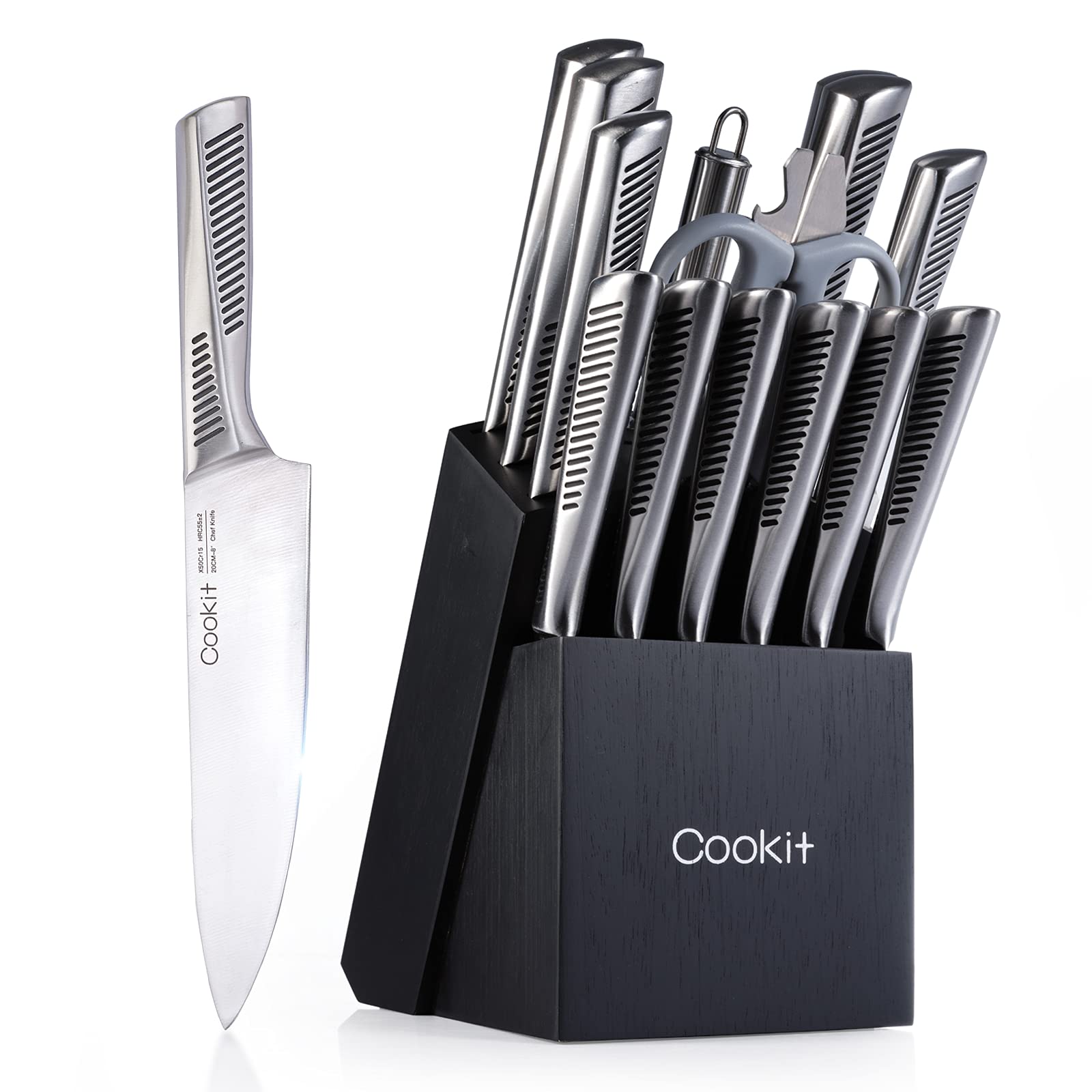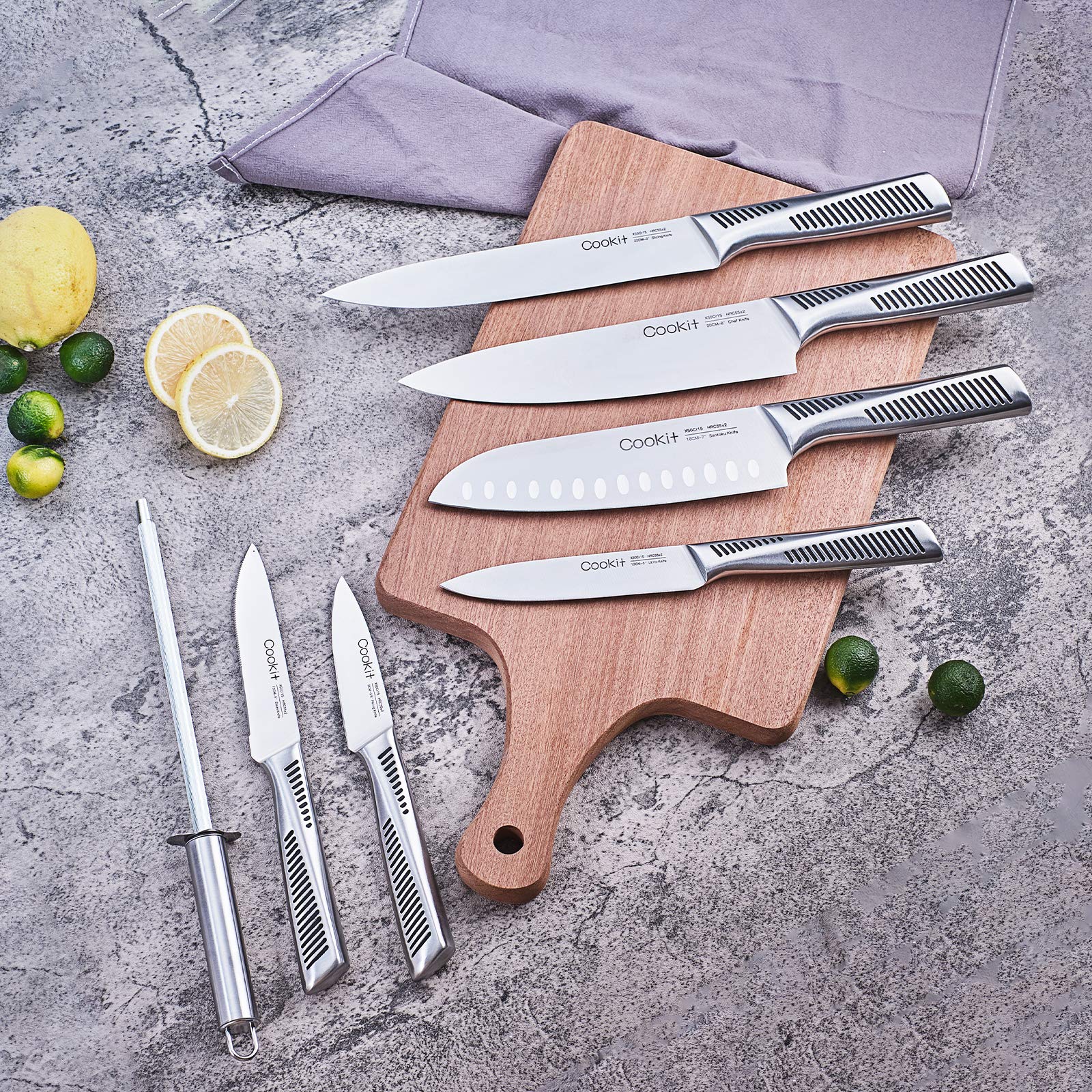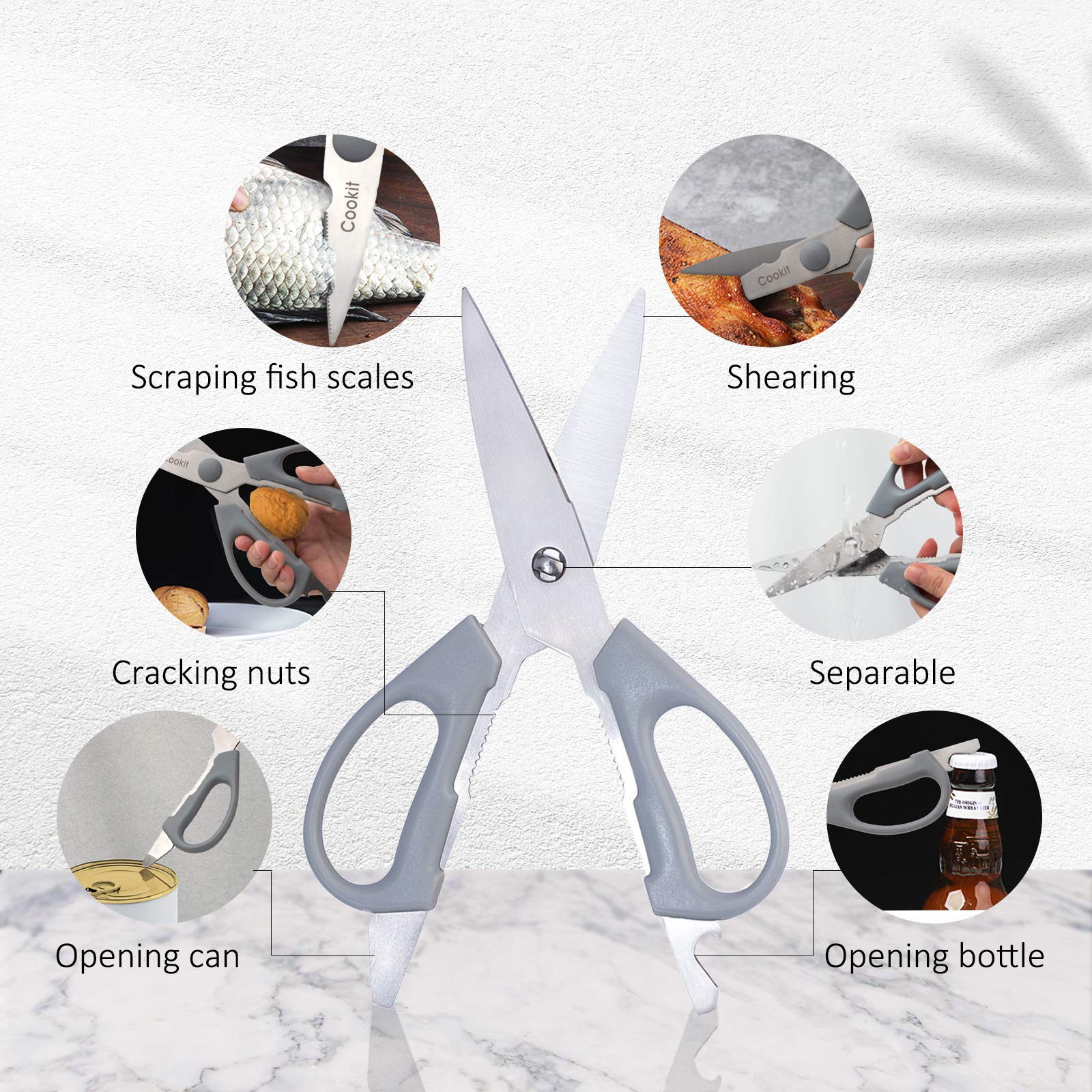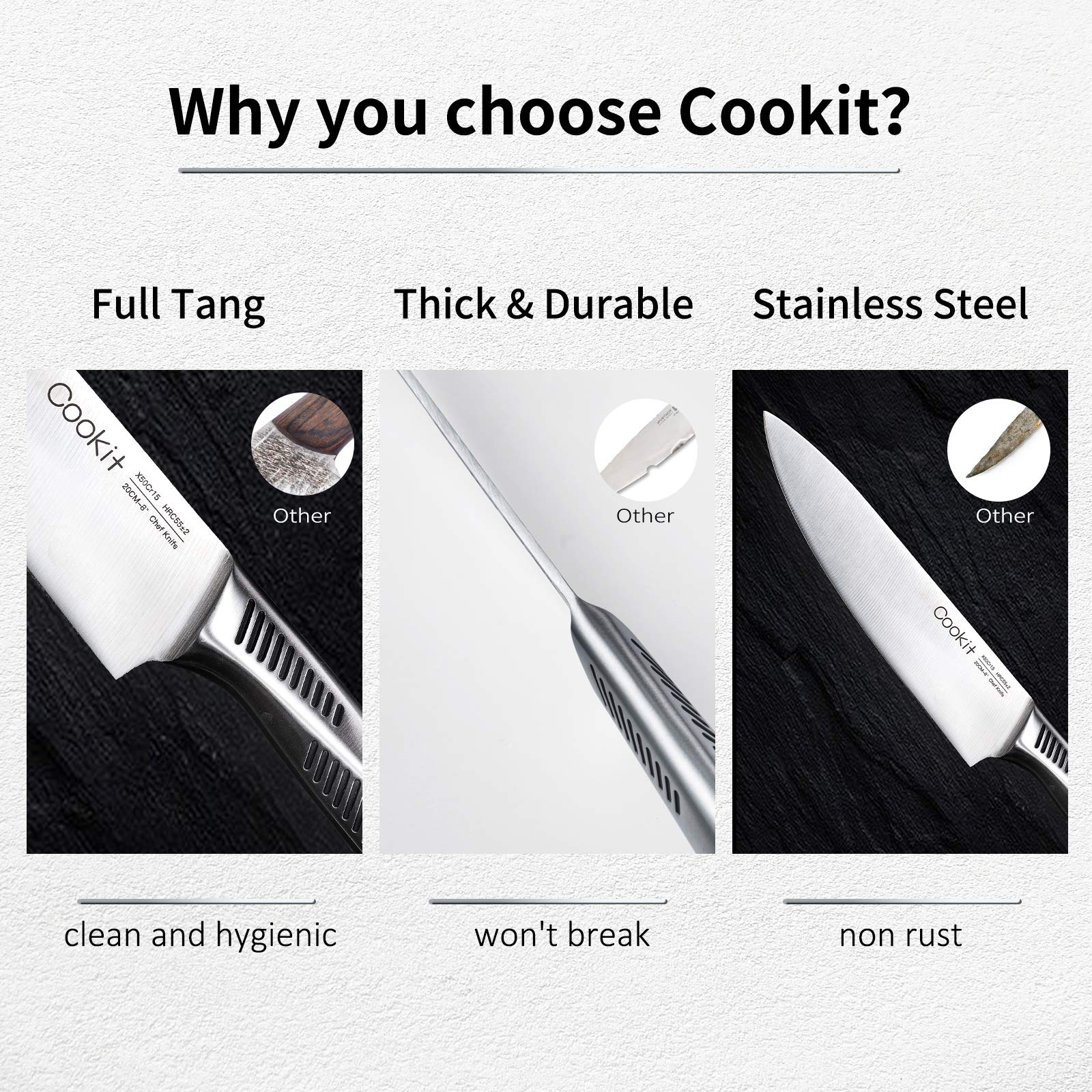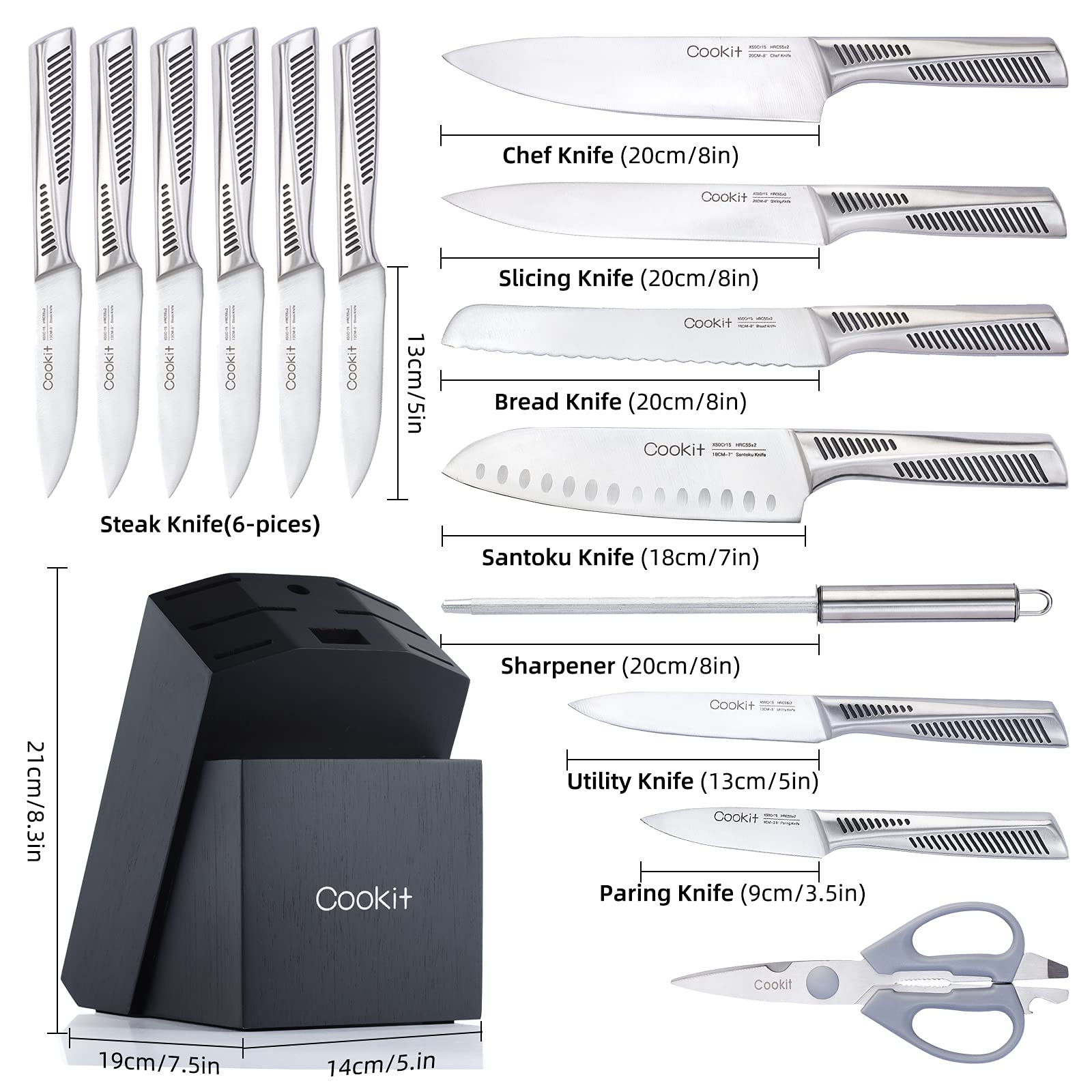Preparing food in a healthy and safe manner is just as important as choosing nutritious ingredients. Research has shown that certain cooking methods can alter the composition of our food in ways that may impact our health. To help you make informed decisions about how to cook your food, here are some tips from health professionals:
BLANCHING: A Nutritious and Quick Method for Preparing Vegetables
Blanching is a cooking technique that involves quickly boiling food and then submerging it in ice water to halt the cooking process. This method is particularly beneficial for vegetables that you want to retain some crispness or keep almost raw. Blanching helps to lock in the colors and nutrients of the vegetables, keeping them bright and fresh-looking. It also has the following benefits:
- Destroys surface microorganisms on the vegetables.
- Softens the vegetables while preserving their color and slowing down the loss of vitamins.
- Inactivates enzymes that can cause loss of flavor, color, and texture in frozen produce.
STEAMING AND BOILING: Healthy Options for Meats and Produce
Moist-heat cooking methods like steaming and boiling are considered the healthiest ways to prepare meats and produce because they are done at lower temperatures. These methods are also beneficial for calorie management since they usually don't require the use of oil or butter. When it comes to vegetable preparation, steaming is better than boiling as it helps to retain nutrients like carotenoids and phytochemicals.
POACHING: A Safe and Underrated Cooking Method
Poaching involves gently simmering food in a liquid such as broth or water. It is a healthy and underused cooking technique. Poaching is particularly suitable for preparing proteins like wild salmon and chicken breasts for salads or shredded preparations It's important to note that the safety of poached meat cannot be determined by visual inspection alone. Using a meat thermometer to ensure it reaches the recommended internal temperature is crucial.
STIR-FRYING AND SAUTÉING: Use the Right Oils and Temperature
Stir-frying and sautéing are versatile and fast cooking methods. However, pan-frying at high temperatures can produce harmful by-products. Overheated cooking oils can release fumes containing substances that increase the risk of cancer. Oxidation, which can lead to DNA mutations and inflammation in the body, can also occur when cooking oil is heated to high temperatures To minimize the potential risks, consider the following:
- Keep the cooking time short to control oxidation.
- Use oils with higher smoke points to reduce fumes. Avocado oil and peanut oil are good options.
ROASTING: Balance with Other Cooking Methods
Roasting starchy plant-based foods like potatoes and bread at high temperatures can lead to the formation of acrylamide, a chemical linked to potential health risks. To reduce the formation of acrylamide, toast bread to a light brown color and brown potatoes to a golden yellow.
BROILING: Stick to Thin Cuts and Moderation
Broiling, or cooking food under direct heat, can quickly cook foods and give them a charred flavor. However, broiling can also cause the formation of acrylamide and charring of the food, which may have health implications. It is recommended to use thin cuts of meat that have shorter cook times and consume broiled meats in moderation.
GRILLING: Enjoy in Moderation and Practice Safe Grilling
Grilled meat has been associated with a higher risk of certain cancers due to the formation of harmful substances like HCAs and PAHs. However, the impact of grilling on cancer risk is difficult to prove on an individual level, especially when consumed as part of an overall healthy diet To make grilling healthier, consider the following:
- Avoid direct exposure of meat to open flames or hot surfaces.
- Use a microwave oven to partially cook meat before grilling to reduce HCA formation.
- Continuously turn meat over on a high heat source to reduce HCA formation.
- Remove charred portions of meat and avoid using gravy made from meat drippings to reduce HCA and PAH exposure.
THE HEALTHIEST FRUITS: Raw and Tasty
Eating raw fruits and vegetables is a great way to enjoy their natural flavors and nutritional benefits. To make raw veggies more exciting, try the following:
- Dress them up with avocado, lime juice, salt, olive oil, lemon juice, or apple cider vinegar.
- Blanch vegetables that you find less appealing raw for a short period and then transfer them to ice water to preserve their brightness.
- Explore a variety of vegetables beyond the usual ones, and pair them with yogurt-based dips or herbs for added flavor.
- Shred cruciferous vegetables like cabbage, Brussels sprouts, cauliflower, and broccoli into salads for their potential health benefits.
CONCLUSION
It's important to remember that cooking methods may affect the nutritional content and health benefits of the food we consume. By using healthier cooking techniques and understanding the potential risks associated with certain methods, you can make informed choices about how to cook your food for optimal health benefits.
Pic by Jason Briscoe - Unsplash











